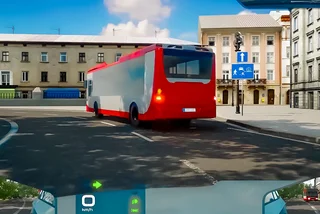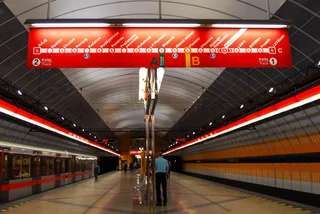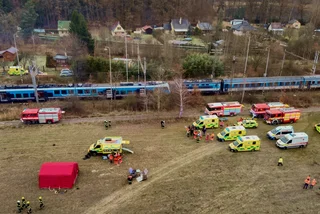A section of the Czech Republic’s D3 highway will see the speed limit raised to 150 kilometers per hour next year as part of a pilot project by the Ministry of Transport.
This increase marks the first application of a recent amendment to the Road Traffic Act, which permits speeds above the current 130 km/h limit on select highways.
The pilot section, stretching approximately 50 kilometers between Planá nad Lužnicí and Úsilná near České Budějovice, will be equipped with variable traffic signs to indicate the new speed limit. The higher limit is expected to take effect by mid-2025, reports iDnes.cz.
Evaluation and expansion
“We anticipate the implementation of the increased speed limit by the middle of next year. Drivers must adhere to conditions that ensure safety at all times,” said Jan Rýdl, spokesperson for the Directorate of Roads and Motorways.
Authorities plan to monitor the impact of the speed increase on traffic flow and safety. According to František Jemelka, spokesperson for the Ministry of Transport, the pilot will run through at least the end of 2025. “We will assess accident rates, traffic flow, and compliance with the speed limit in cooperation with police,” Jemelka noted.
If successful, the Ministry may expand the 150 km/h limit to sections of the D11 and D1 highways. Proposed locations include the D11 stretch between Kolín and Jaroměř and the D1 section between Bělotín and Bílovec near Ostrava.
Safety concerns and technological support
The initiative has sparked debate among traffic experts. While highways are statistically safer than regular roads, higher speeds can lead to more severe accidents. Oldřich Vaníček, president of the Central Automobile Club, stressed the need for careful evaluation. “Each section must be thoroughly assessed to ensure safety, especially given the risks of higher-speed collisions,” he said.
To enhance safety, the government is introducing a new traffic communication system (C-ITS) on 615 kilometers of highways. This system will provide drivers with real-time information about accidents, congestion, and approaching emergency vehicles. It will initially operate on major highways, including the D1, D2, D5, and D8.
While the increased speed limit is expected to save drivers approximately three minutes on the 50-kilometer stretch, authorities emphasize that safety must remain the priority. “Drivers must always adapt to visibility, weather, and traffic conditions, regardless of the speed limit,” Rýdl said.












 Reading time: 2 minutes
Reading time: 2 minutes 

























